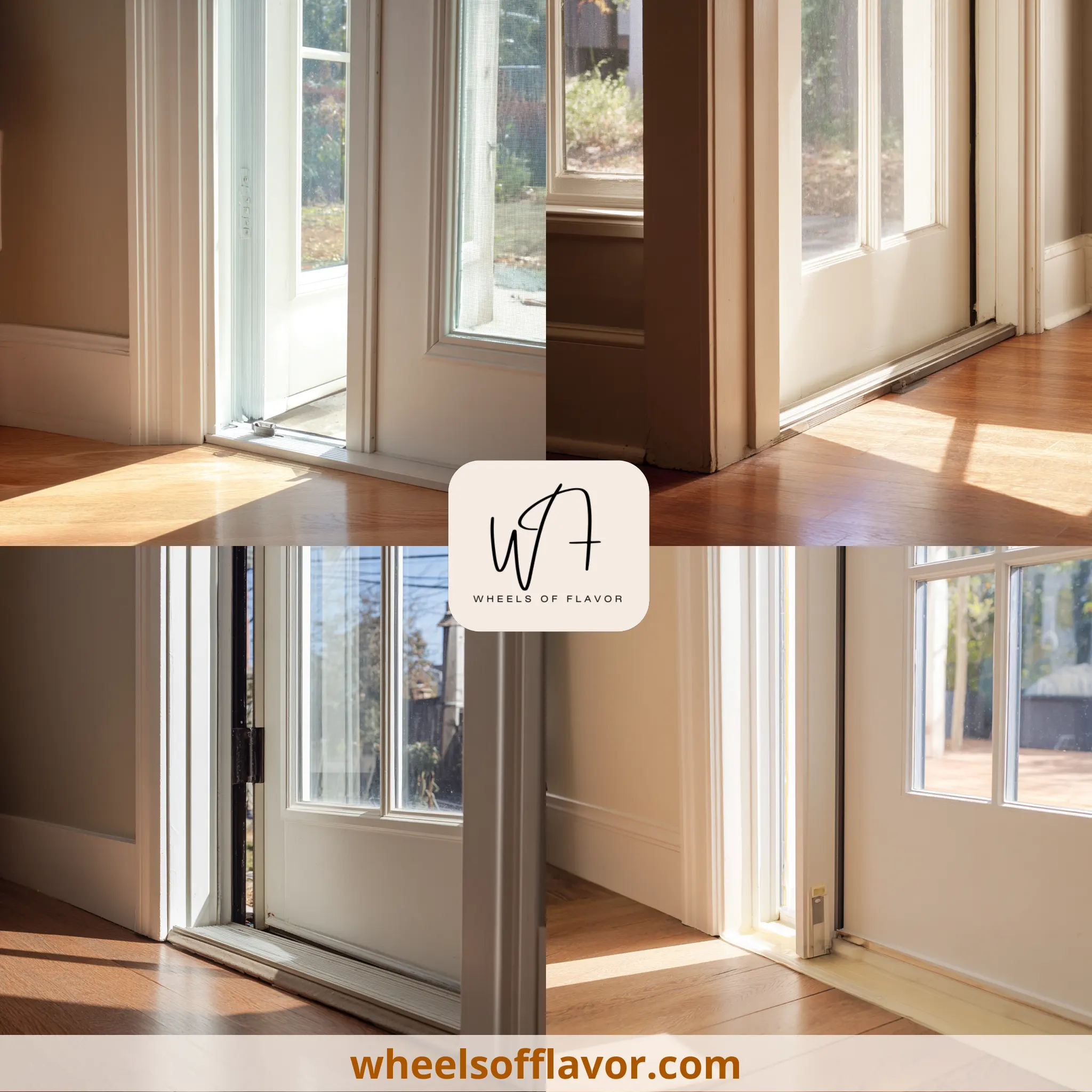
Weatherstripping French doors is not just about enhancing the aesthetic appeal of your home; it’s a crucial step towards improving energy efficiency and comfort. French doors, with their expansive glass panels and elegant design, can be a significant source of energy loss if not properly sealed. This article delves into the importance of weatherstripping French doors, offering practical advice and insights to ensure your home remains cozy during winter and cool in summer. By addressing gaps and leaks, you can significantly reduce energy bills and increase the longevity of your doors. Whether you’re a DIY enthusiast or considering professional help, understanding the basics of weatherstripping is essential for every homeowner.
Why Weatherstripping French Doors is Crucial for Energy Efficiency
Weatherstripping French doors plays a pivotal role in minimizing energy loss, which can account for up to 45% of a home's heating and cooling expenses. Properly installed weatherstripping seals gaps between the door and its frame, preventing drafts and moisture intrusion. This not only enhances indoor comfort but also contributes to a more sustainable environment by reducing energy consumption. Additionally, weatherstripping can protect your doors from wear and tear, extending their lifespan and maintaining their beauty.
Choosing the Right Weatherstripping Material for Your French Doors
Selecting the appropriate weatherstripping material is essential for achieving optimal performance. Options include adhesive-backed foam tape, which is easy to install and ideal for minor gaps, and V-strip (tension seal) for the sides and top of the door. For larger gaps, door sweeps or thresholds are recommended. Each material has its advantages, depending on the door's design and the size of the gaps. It's important to consider durability, ease of installation, and the material's ability to withstand temperature fluctuations when making your choice.
Step-by-Step Guide to Weatherstripping Your French Doors
Weatherstripping French doors can be a straightforward DIY project with the right tools and preparation. Begin by cleaning the door frame to ensure the weatherstripping adheres properly. Measure the gaps to select the correct material size. For adhesive-backed materials, peel and stick along the frame, ensuring a tight seal. For more permanent solutions like door sweeps, screw them into place at the bottom of the door. Regular maintenance checks are crucial to ensure the weatherstripping remains effective over time.
Conclusion
Weatherstripping French doors is an effective way to enhance your home's energy efficiency, comfort, and door longevity. By understanding the importance of this simple yet impactful home improvement task, homeowners can make informed decisions about materials and installation methods. As energy costs continue to rise, taking proactive steps like weatherstripping can lead to significant savings. Looking ahead, innovations in weatherstripping materials and techniques promise even greater efficiency and ease of use, making it an exciting area for DIYers and professionals alike. Start your weatherstripping project today and feel the difference in your home's comfort and energy bills.
Frequently Asked Questions
Q: How often should weatherstripping be replaced on French doors?
Weatherstripping should be inspected annually and replaced every 2-3 years, depending on the material and exposure to weather conditions. Signs of wear, such as cracks or peeling, indicate it's time for a replacement.
Q: Can weatherstripping French doors reduce noise?
Yes, properly installed weatherstripping can help reduce noise penetration by sealing gaps where sound waves can enter, making your home quieter and more peaceful.
Q: Is professional installation necessary for weatherstripping French doors?
While many homeowners can undertake weatherstripping as a DIY project, professional installation may be beneficial for complex door systems or if you're unsure about the best materials and methods for your specific situation.

